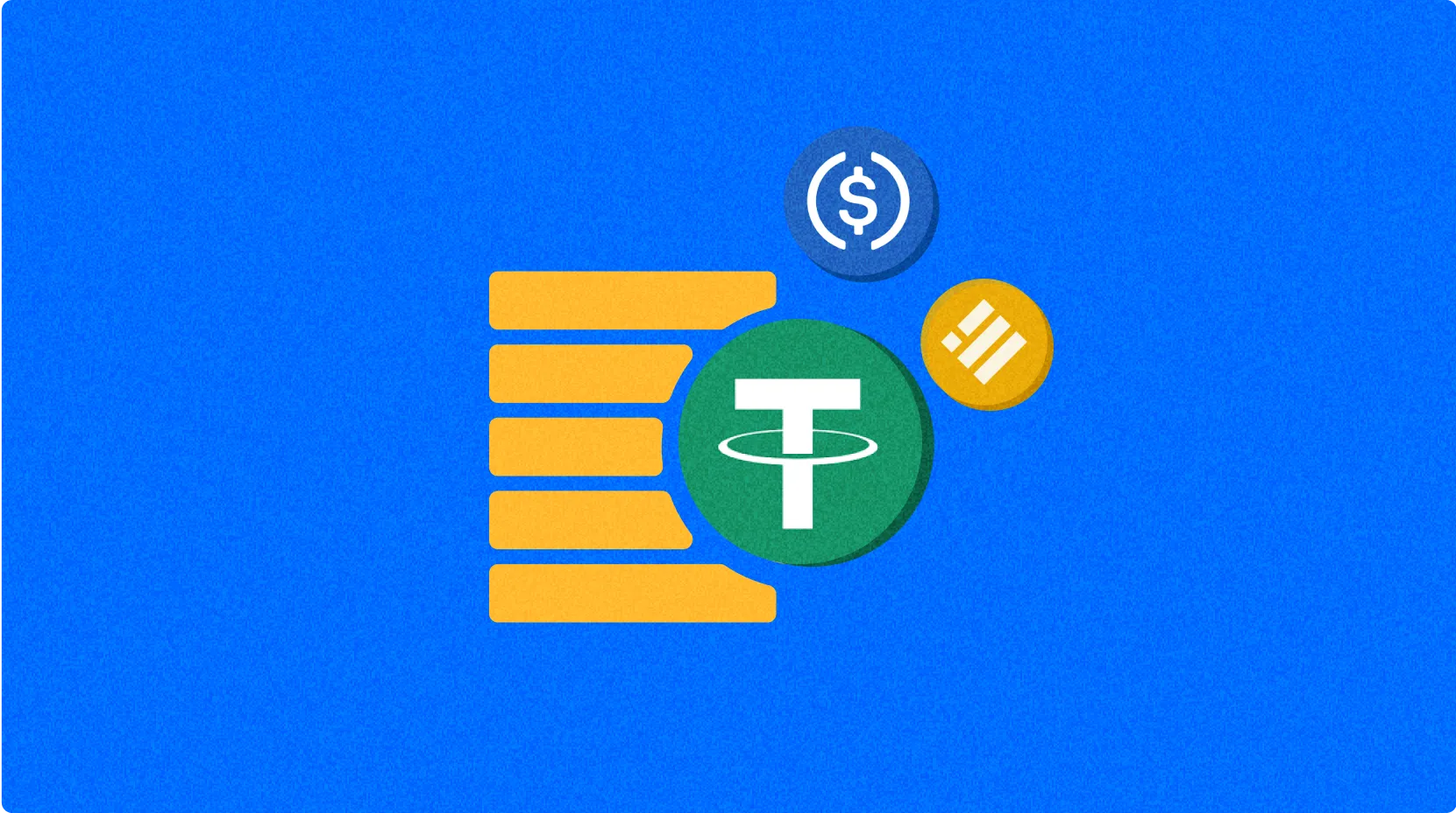derives definition

Derivation in the blockchain and cryptocurrency space refers to the process where a product, protocol, or token is created based on the technology, code, or concept of another existing project. This approach allows developers to leverage already-validated blockchain technology frameworks for innovation or improvement without building an entire system from scratch. Derived projects typically retain core functionalities of the original protocol while introducing new features, addressing specific problems, or optimizing for different user groups. In open-source ecosystems, derivation serves as a key driver for innovation and evolution, promoting diversity and sustainable development within the cryptocurrency ecosystem.
What is the market impact of derivation?
Derived projects have profound impacts on the cryptocurrency market, not only extending the application range of original protocols but also creating new market opportunities and investment channels:
- Market diversification: Derived projects increase market choices, meeting specific needs of different user groups and thus expanding the audience reach of the entire crypto ecosystem.
- Value diversion: Successful derived projects may attract users and funds from the original project, leading to market value redistribution, sometimes even surpassing the original project's market capitalization.
- Accelerated innovation: By building on validated foundations, derived projects can introduce innovative features more rapidly, increasing the pace of technological advancement across the industry.
- Network effect reinforcement: Quality derived projects expand the application of underlying technology, enhancing the network effects and value proposition of the original protocol.
- Risk diversification: Derived projects provide investors with portfolio diversification opportunities, allowing them to spread risk while maintaining similar technological exposure.
What are the risks and challenges of derivation?
Despite playing an important role in the cryptocurrency ecosystem, derivation comes with various risks and challenges:
- Inherited technical vulnerabilities: Derived projects may inherit vulnerabilities or security flaws from the original codebase, potentially leading to serious security incidents if not thoroughly reviewed and fixed.
- Lack of innovation: Many derived projects make only superficial modifications without substantial innovation, failing to provide real value growth or solve practical problems.
- Community fragmentation: When derived projects compete with the original project for the same user base and resources, this can lead to community fragmentation, weakening overall network effects.
- Brand confusion: Some derived projects utilize names or logos similar to well-known projects, potentially causing user confusion and trust issues.
- Regulatory uncertainty: In certain jurisdictions, unauthorized derived projects may face intellectual property disputes or regulatory challenges, especially when the original project uses non-open source licensing.
- Governance challenges: Derived projects need to establish their own governance models, and inadequate governance structures may result in inefficient decision-making or power concentration issues.
Future Outlook: What's next for derivation?
As blockchain technology continues to evolve, derived projects will present new trends and development directions:
- Cross-chain derivation: Future derived projects may not be limited to forks or improvements within a single blockchain but will span multiple blockchain ecosystems, creating truly interoperable solutions.
- Modular design: Derived projects will increasingly adopt modular design, allowing developers to precisely select components they want to retain, modify, or replace.
- Enhanced specialization: As markets mature, derived projects will focus more on addressing problems in specific industries or application scenarios rather than simply replicating existing functionalities.
- Legalization frameworks: More comprehensive derivation protocols and licensing frameworks will emerge to reduce legal risks, clearly defining the rights and responsibilities of derived projects.
- Governance innovation: Derived projects will explore new governance mechanisms to balance decentralization, efficiency, and community participation, providing testing grounds for governance innovations for original projects.
- Sustainable development models: Future derived projects will place greater emphasis on establishing sustainable economic models and incentive mechanisms, ensuring long-term development rather than short-term speculation.
Derivation is a key mechanism in blockchain technology evolution, serving as both a catalyst for technological innovation and a source of market diversity. While derived projects face numerous challenges, they play an irreplaceable role in pushing the boundaries of blockchain technology and meeting the needs of various application scenarios. As the industry matures, we will see more thoughtfully designed derived projects that not only solve practical problems but also form complementary rather than purely competitive relationships with original projects, jointly promoting the healthy development of the entire cryptocurrency ecosystem.
Share
Related Articles

Gate Research: 2024 Cryptocurrency Market Review and 2025 Trend Forecast

Gate Research: BTC Breaks $100K Milestone, November Crypto Trading Volume Exceeds $10 Trillion For First Time
